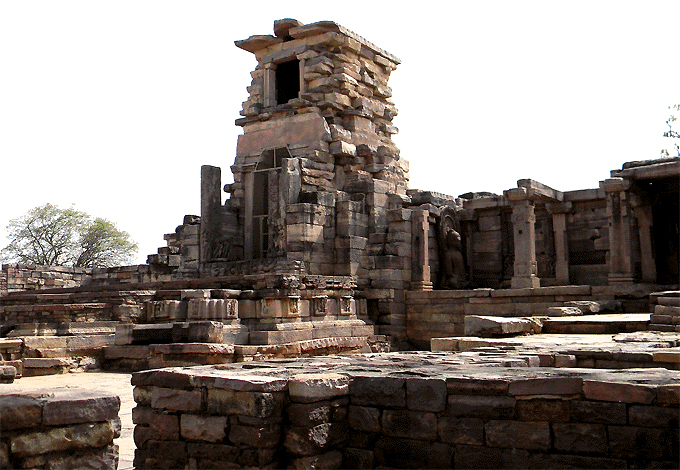
|
|
|
|
BY: SUN STAFF

Remains of a Gupta era temple Apr 22, 2015 — CANADA (SUN) — A serial presentation of India's great history, religious movements and temple architecture.
The Indo-Sassanid Kushanshahs
"As noted in our last segment, the rise of a new Persian dynasty, the Sassanids saw them re-exert their influence into the Indus region and conquer lands from the Kushans, setting up the Kushanshahs around 240 A.D. The Sassanids were able to maintain their influence in the region until they were overthrown by the rising Caliphate. Afterwards they were displaced in 410 A.D. by the invasions of the Indo-Hephthalites.
While the Sassanid Kushanshahs held their era of power until circa 410 A.D., there were other branches of Sassanid tribes who continued fighting on. In 636 A.D., three religious groups where in conflict with one another: the Christians, the Islamists and the Zoroastrians. At the Battle of al-Qadisiyyah, Islamic armies captured Iraq from the Persians. This brought to a final end the Persian Sassanid Empire.
The Hephthalite Hunas
"Billon drachm of the Huna King Napki Malka (Afghanistan/ Gandhara, c. 475–576). The Hephthalite were another of the Central Asian nomadic tribes that invaded India. They are also linked to the Yuezhi who founded the Kushan Empire.
From their capital in Bamiyan, Afghanistan, the Hephthalite Hunas extended their rule across the Indus and into Northern India thereby exerting pressure that would bring on the collapse of the Gupta Empire (who will be discussion in the next section, on Northeastern India). They were eventually defeated by the Sassanid Empire in alliance with other Turkic tribes."
| |